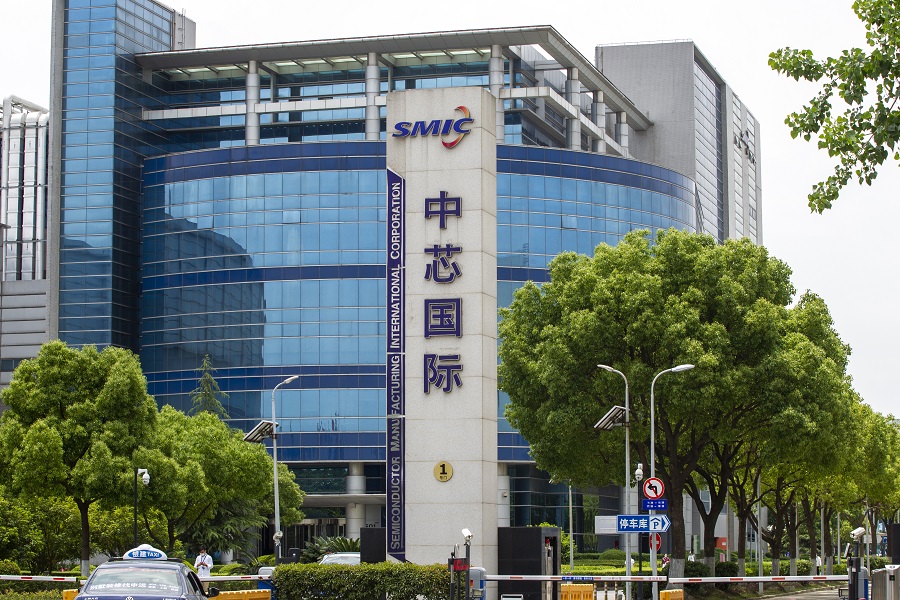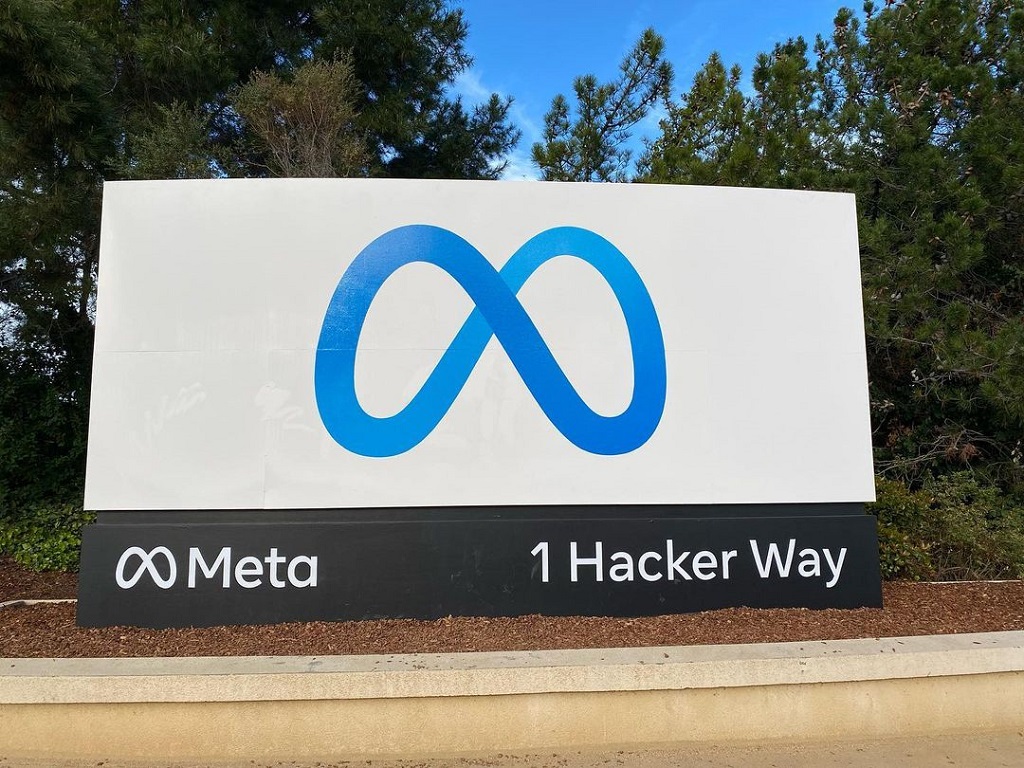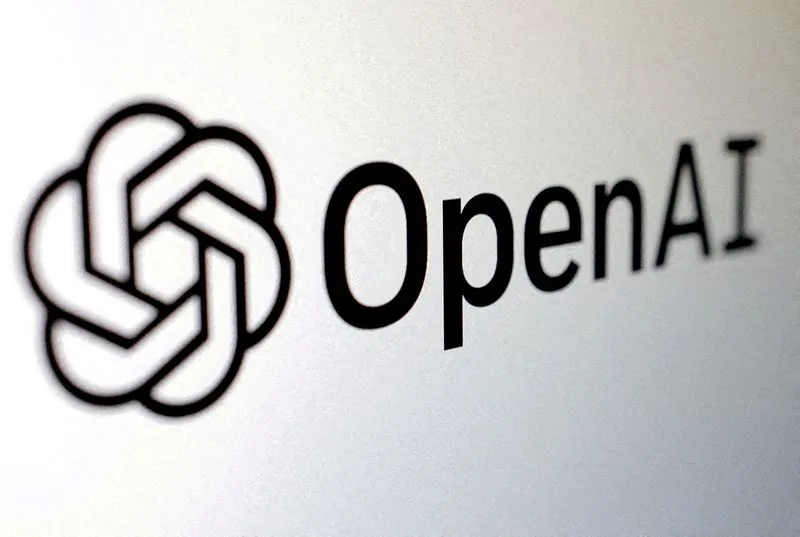中芯国际今年有望为华为生产5纳米处理器

【纬度新闻网】据 《金融时报》 援引两位知情人士的报道称,中国芯片龙头企业中芯国际 (SMIC) 有望在今年晚些时候大规模生产采用 5 纳米级工艺技术的处理器。华为海思芯片开发部门将成为中芯国际 5 纳米节点的首个客户,预计将生产人工智能和智能手机处理器。
据报道,中芯国际已在上海建立新的半导体生产线,大规模生产科技巨头华为采用其 5 纳米制造技术设计的芯片。正如预期,该公司的 5 纳米级制造工艺将不会依赖极紫外 (EUV) 光刻,因为该公司无法从 ASML 获得合适的工具。据英国《金融时报》报道,中芯国际将使用“库存”深紫外(DUV)光刻工具。
中芯国际的 5 纳米级制程技术将提供哪些功耗、性能和面积优势,还有待观察。同时,有专家认为,这一生产节点将使华为今年智能手机性能大幅升级。
预计中芯国际将为华为海思生产至少两款芯片:用于智能手机的高度集成的麒麟片上系统和传闻中用于人工智能(AI)应用的升腾920处理器。
据三位与中国无晶圆厂芯片设计公司有联系的人士表示,中芯国际的 5 纳米和 7 纳米产品定价比台积电类似技术节点的定价高出 40% 至 50%。此外,据称中芯国际的7纳米良率“还不到台积电的三分之一”。这无疑引发了人们对中国先进半导体生产工作的经济可行性和效率的质疑。
“这是否只是华为和中芯国际向中国政府展示它可以做到的示范?”中国半导体行业专家道格拉斯·富勒在接受英国《金融时报》采访时反问道。 “如果钱不是问题,那么这可能会发生。”
与此同时,台积电必须获得美国政府的出口许可证才能为华为提供服务,而在大多数情况下它无法获得。因此,华为别无选择,只能使用中芯国际的服务。
虽然中芯国际的5纳米芯片仍比台积电领先的3纳米工艺技术落后一代,但它们标志着中国半导体行业在当前美国出口管制制度下取得了重大进展。



